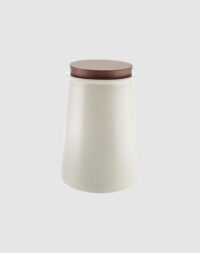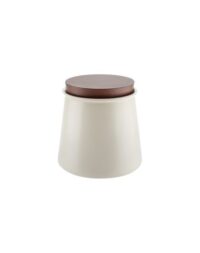David Chipperfield
David Alan Chipperfield was born in London in the 1953. Better known simply as David Chipperfield, he graduated from the London Architectural Association in 1978 architecture after also attending the Kingston School of Art.

David Chipperfield
After obtaining the relevant title, David began his apprenticeship at the studios of Douglas Stephen, Norman Foster and Richard Rogers, between which he split over a period of seven years. Then in 1985 he inaugurated David Chipperfiel Architects which, nowadays, has several international offices in Berlin, Milan, London and Shanghai. In addition to the latter, there are also temporary offices located in the cities where projects for particularly important interventions are underway.
Also in 1985, David Chipperfield was also among the founders of 9H Galleru together with Yehuda Saffran, Wilf Wang and Richard Burdenn: the set aim was to promote exhibitions dedicated to architects and artists similar to the theses supported by the 9H group.
The projects
Chipperfield, at the beginning of his career, took care of projects that were not very famous among the public, but which immediately rose to the honor of the English architectural news: the showroom for the Equipment Shop in rue Etienne Marcel and for Issey Miyake in Sloane Street were presented at an illustrious exhibition at the Cramer Street Gallery as early as 1987.
These were the first steps towards the apology of the little one, later matured entirely with the manifesto Theoretical Practice and claimed by a maxim of the Nietzsche philosopher. Therefore, the small-scale project later materialized in works such as, for example, the River and Rowing Museum in Henley-on-Thames, in which the focus was mainly on the relationship between the urban or natural landscape and the physicality of the material having thickness, texture and weight.
After a long list of projects over the years, one can refer, focusing on the present, to works such as the west wing of the MoMA in New York as well as the Nobel Center in Stockholm: these works are the emblem of Chipperfield's thought according to architecture must be able to speak for itself as each work is its own manifesto.
Displaying 3 results



